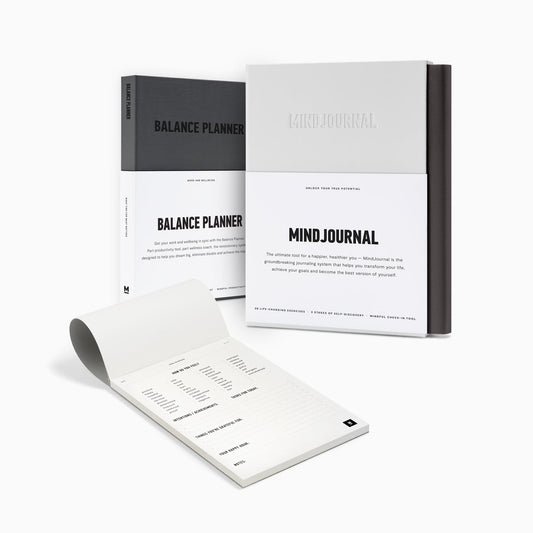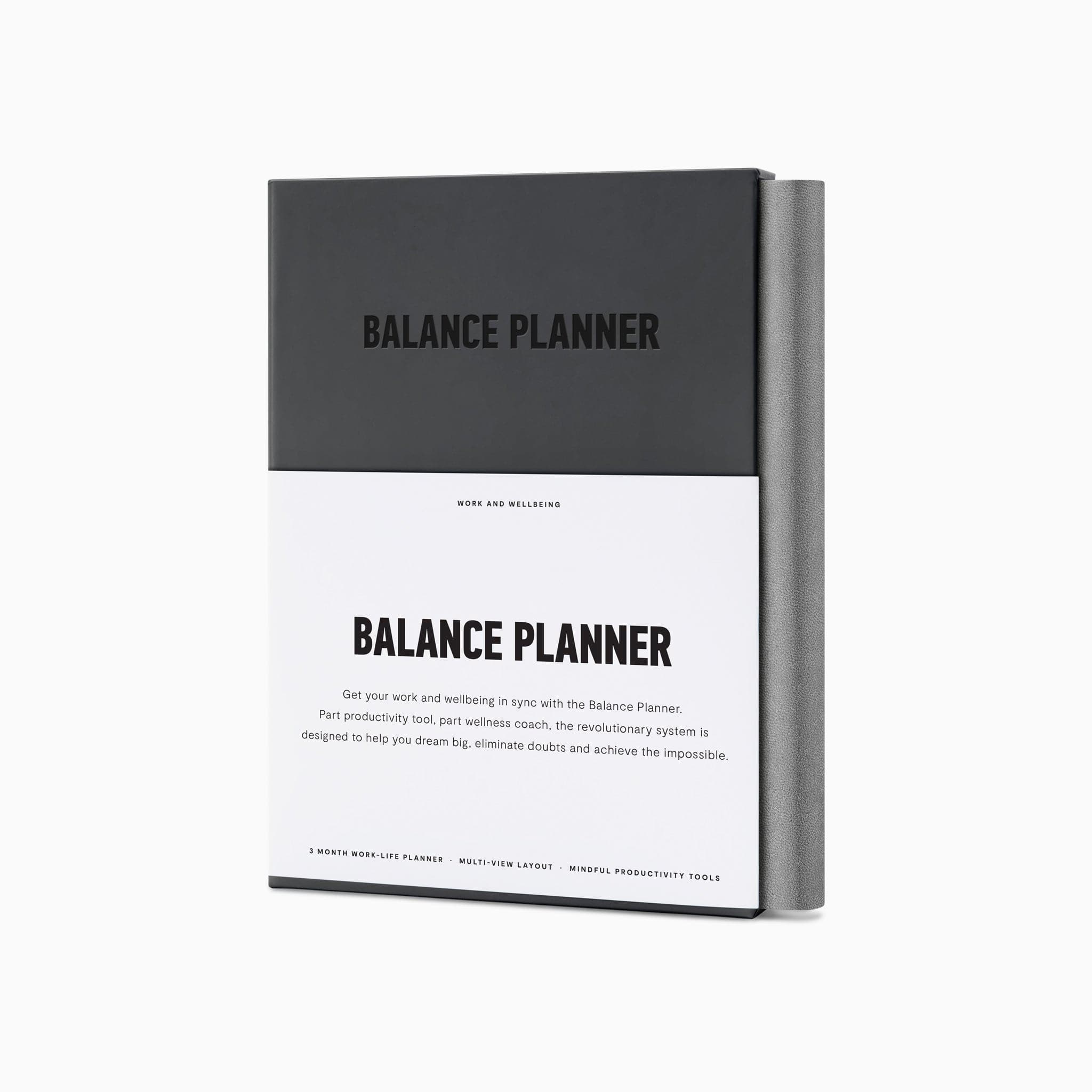Start your journey
Browse our bestsellers for a better you.
Frequently added:

by MindJournal - 9 min read

Life without a to-do list? Unthinkable, surely.
After all, this task-based tradition dates back hundreds of years. Leonardo Da Vinci and Benjamin Franklin were a couple of its earliest advocates.
And plenty of evidence suggests the to-do list is still effective for getting stuff done. According to The Busy Person's Guide to the Done List by Bailey Adams, 50% of to-dos are completed within a day. Not only that, many are ticked off within the first hour of being written down.
Not bad. But dig a little deeper into the same study, and it also reveals that 41% of these to-do list items are never completed at all.
So what's the answer? It's simple: focus some of your energy on 'not-to-dos'.
“Not another list…”
It's OK, bear with us. This isn't about adding to your workload. Instead, the not-to-do list is a way to outline tasks you don't do - no matter what. It's a place to write down all of the distractions in your life and any things that just aren't worth spending your time on.
The thing is: this is not a replacement for your to-do list. It's just a way to help block out some of the noise that can send us off course.
"It's hip to focus on getting things done, but it's only possible once we remove the constant static and distraction. If you have trouble deciding what to do, just focus on not doing," says Tim Ferriss, an American entrepreneur and early proponent of the not-to-do-list.
And we need help with distractions now more than ever before.
Research suggests that over 80% of global workers feel the strain from today's information overload. But this isn't just stressing us out; the 'infomania' that comes from having too many choices can actually lower our IQ.
How, exactly? Because it causes something in our brains called decision fatigue. Coined by social psychologist Dr Roy F. Baumeister, this syndrome comes from the mental exhaustion of making too many decisions. Left unchecked, it can hinder our ability to make good choices and focus on our goals.
"Our failure rate keeps climbing as the lists keep getting longer. At any one time, a person typically has at least 150 different tasks to be done, and fresh items never stop appearing on our screens. How do we decide what goes on the list and what to do next?" asks Baumeister and New York Times science writer John Tierney in Willpower: Rediscovering the Greatest Human Strength.
We can multitask, though, right?
It might feel like it. But there's evidence to suggest otherwise. In his research, professor Earl K. Miller found that productivity decreased by as much as 40% when constantly switching between tasks.
The good thing is that by creating a not-to-do list, you can reduce the number of daily decisions - freeing up mental energy for the most important stuff.
Sounds great. But how do you do it?
"You'll see I wear only grey or blue suits"
- Barack Obama
"You'll see I wear only grey or blue suits," Barack Obama told Vanity Fair in 2012. "I'm trying to pare down decisions. I don't want to make decisions about what I'm eating or wearing because I have too many other decisions to make," he said.
This is what the not-to-do list is all about. It helps you become more mindful and intentional about how you spend your time. And although the average day-to-day looks a little different for everyone, some universal tips can help. Here's how to start getting more out of what you don't do.
Goal: to stop working on the weekend
This isn’t a list of endless to-dos, and it shouldn’t feel intimidating. So to make things manageable, try not to overload your not-to-do list with too many items. Instead, start with a few key areas you want to focus on and then gradually add more if you feel comfortable with your progress.
The good thing about this list is nothing needs to be set in stone. While tracking your habits and progress, you might find that some items can be removed along the way. On the flip side, other unhelpful not-to-dos might creep in. That’s exactly what this list is for. Just review, revise and keep going.
There's nothing wrong with having lots of goals and aspirations - they keep us motivated to carry on. However, it's the distractions and lofty expectations we put on ourselves that are the problems.
"We make daily to-do lists that couldn't be accomplished even if there were no interruptions during the day, which there always are," says Bailey.
At the end of the day, what you haven't done is just as important as what you've managed to tick off the list - so give yourself a break. Stay realistic about the things that are possible each day, and be a little more kind to yourself.
Life without to-dos? We wouldn't dream of it. But there's room for more than one list in your life.

Articles to motivate, inspire and challenge you.